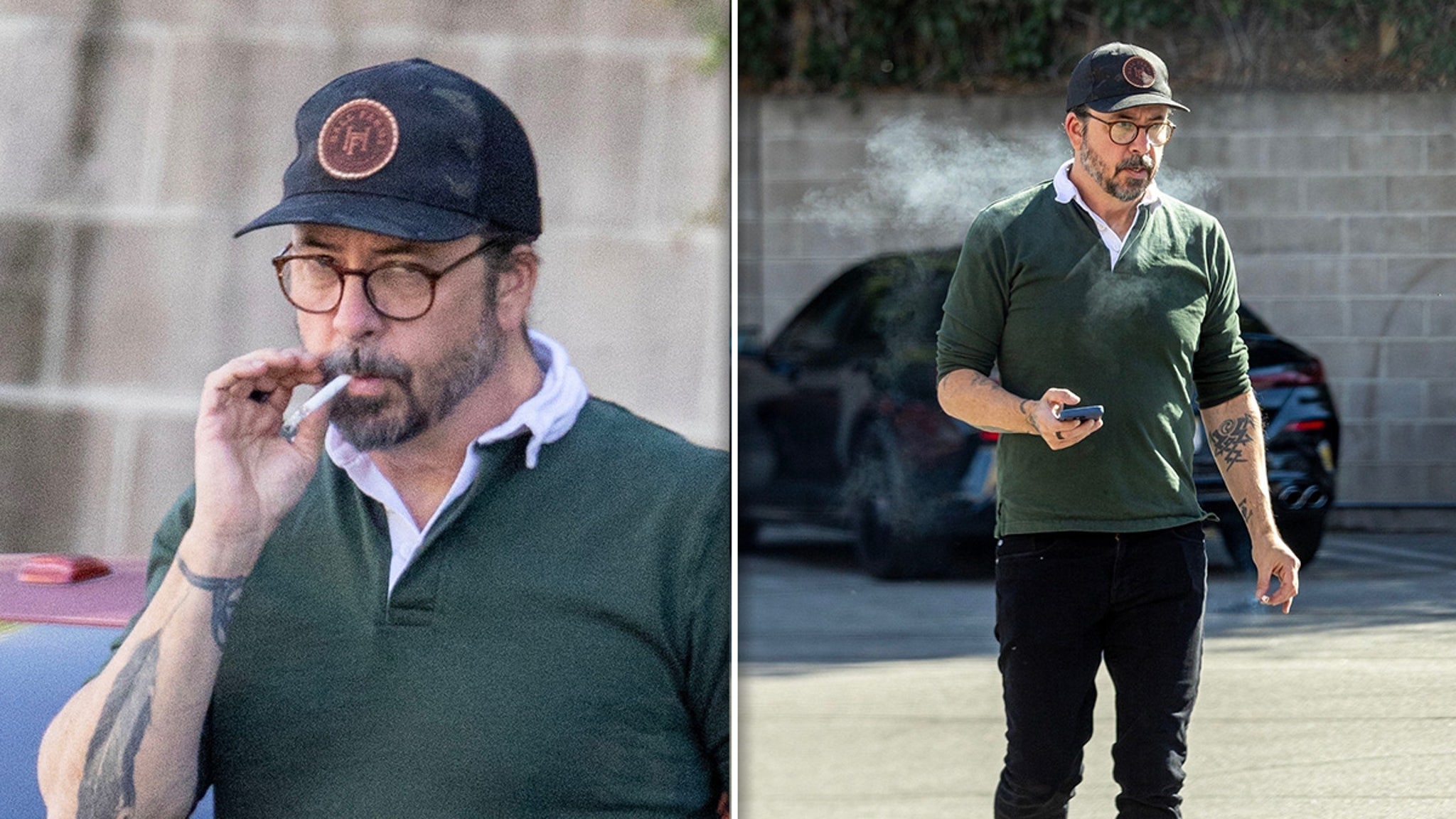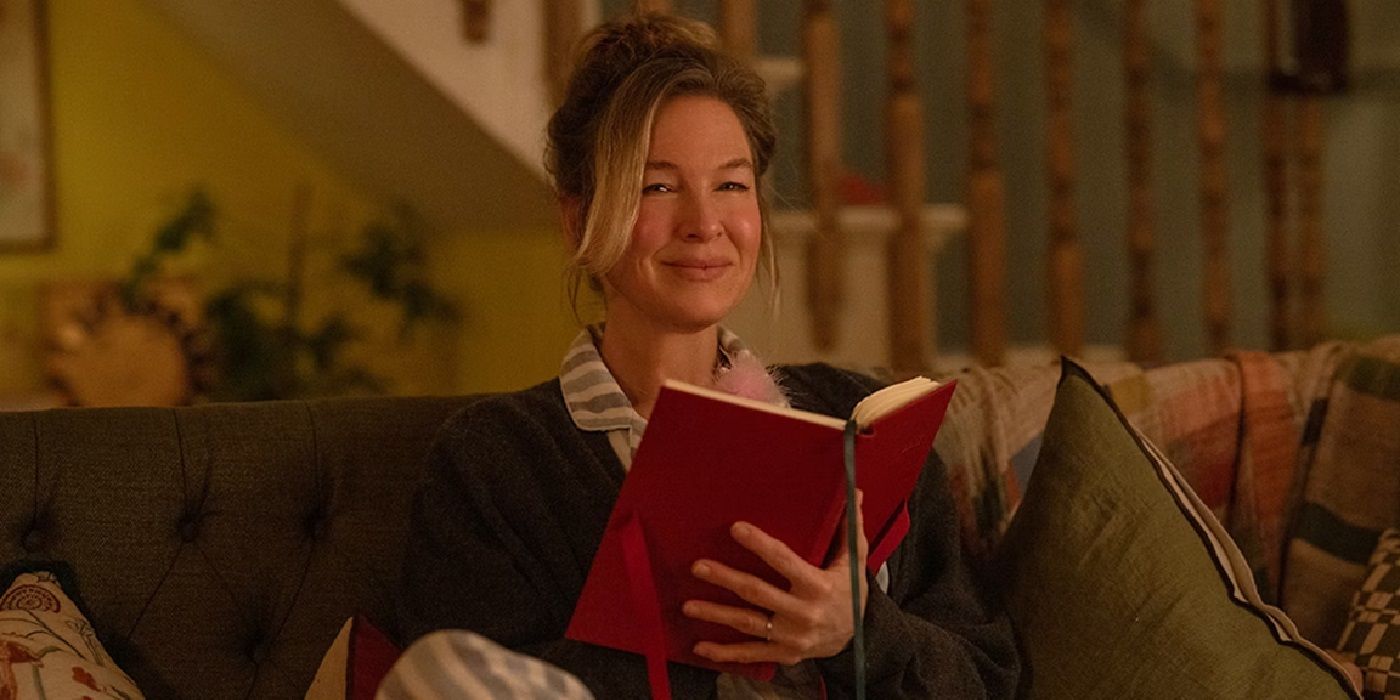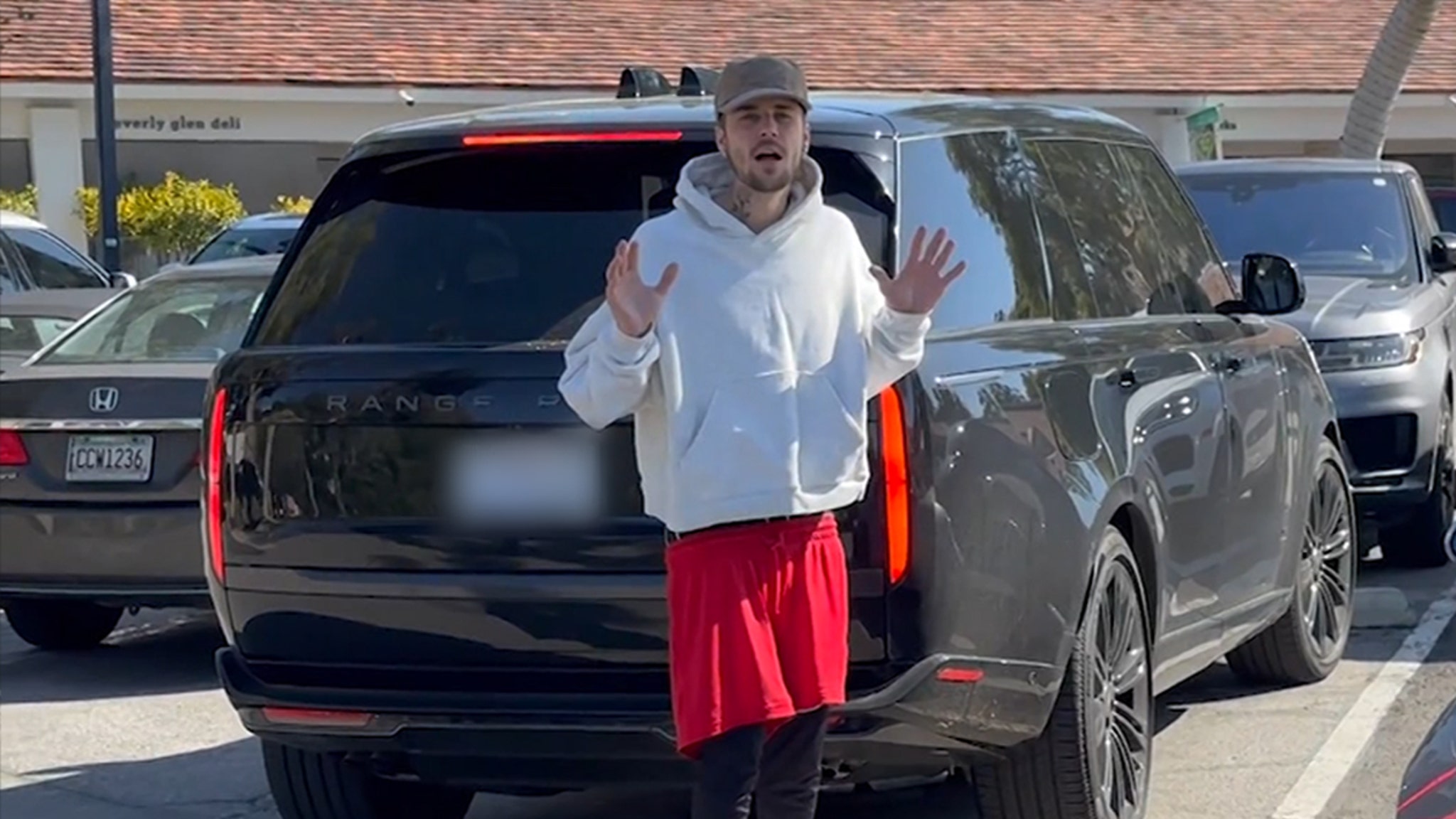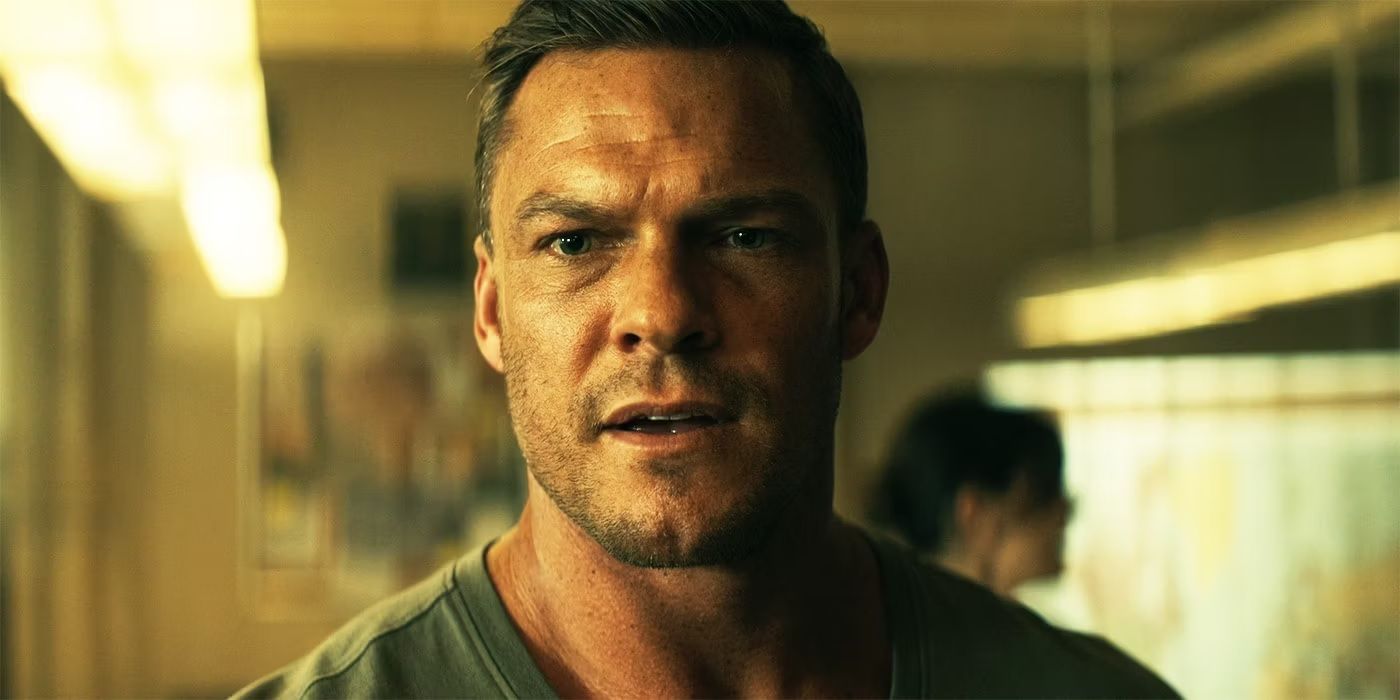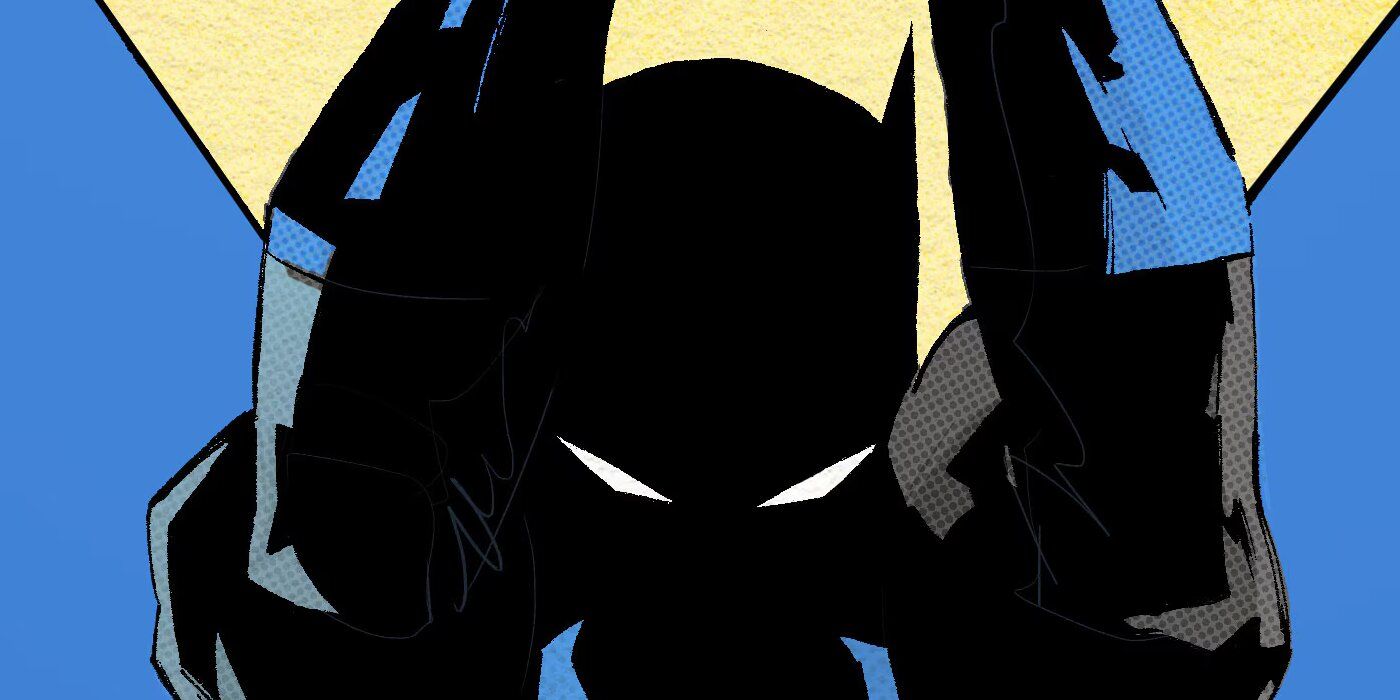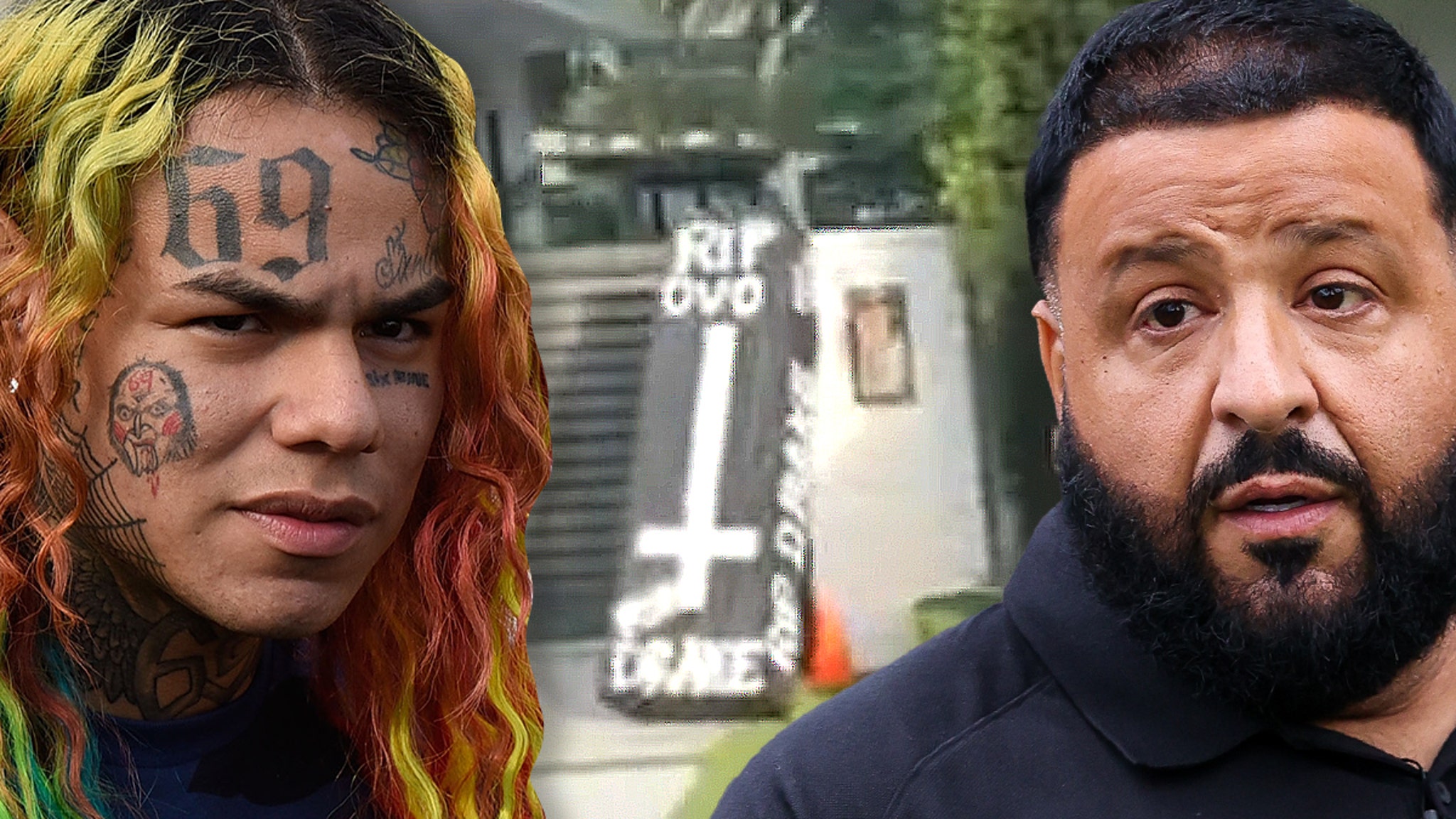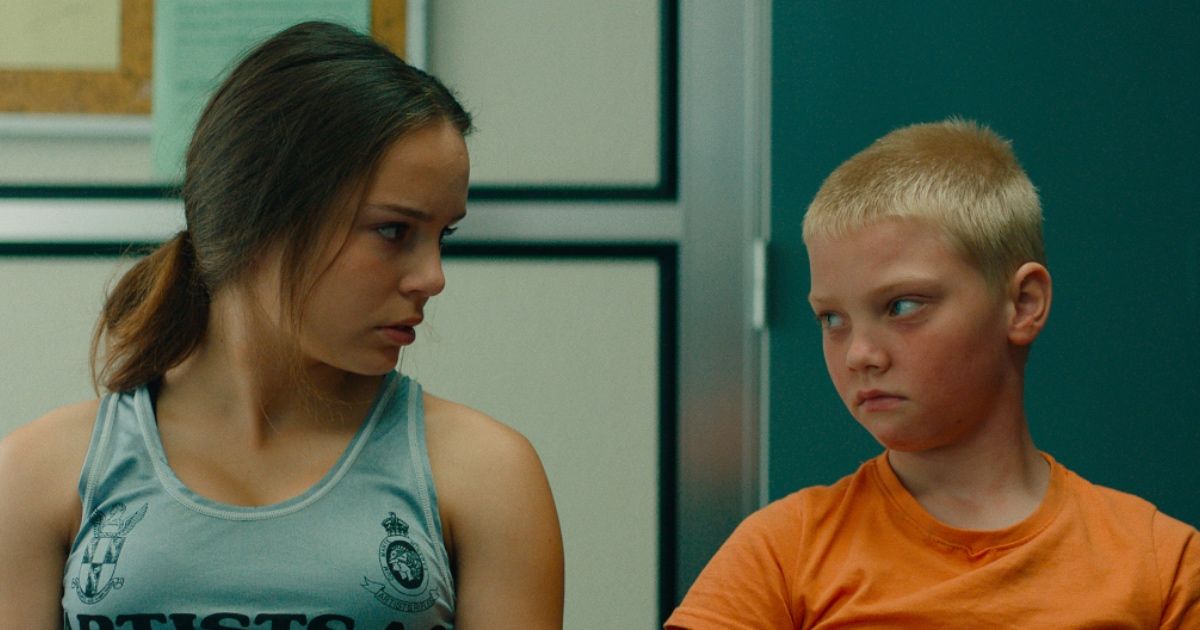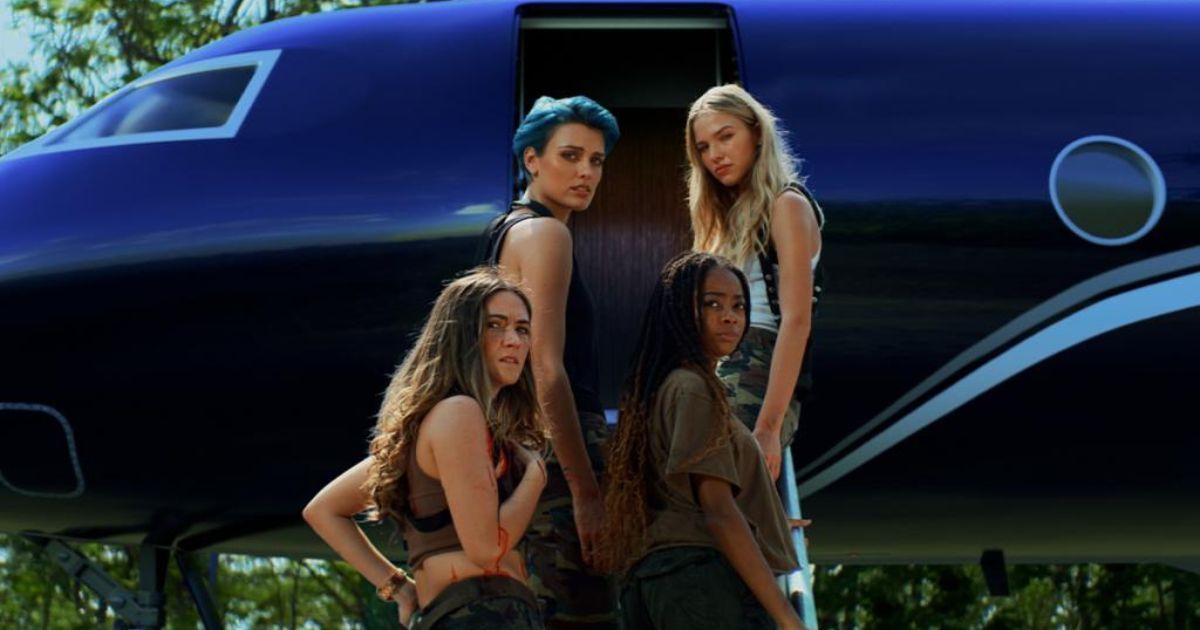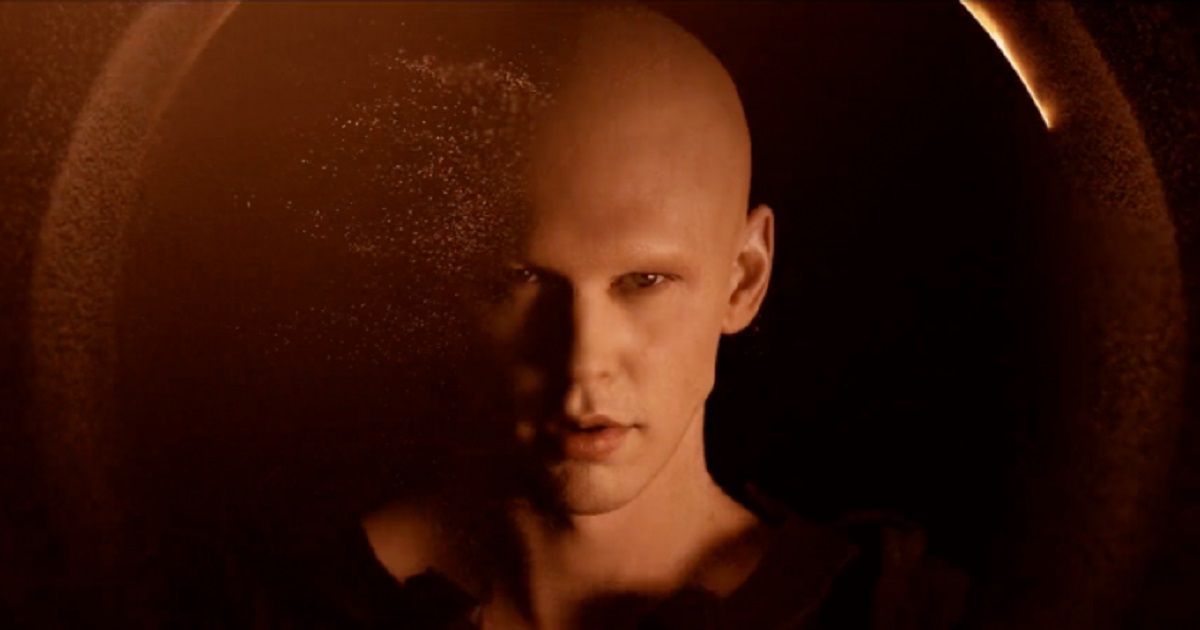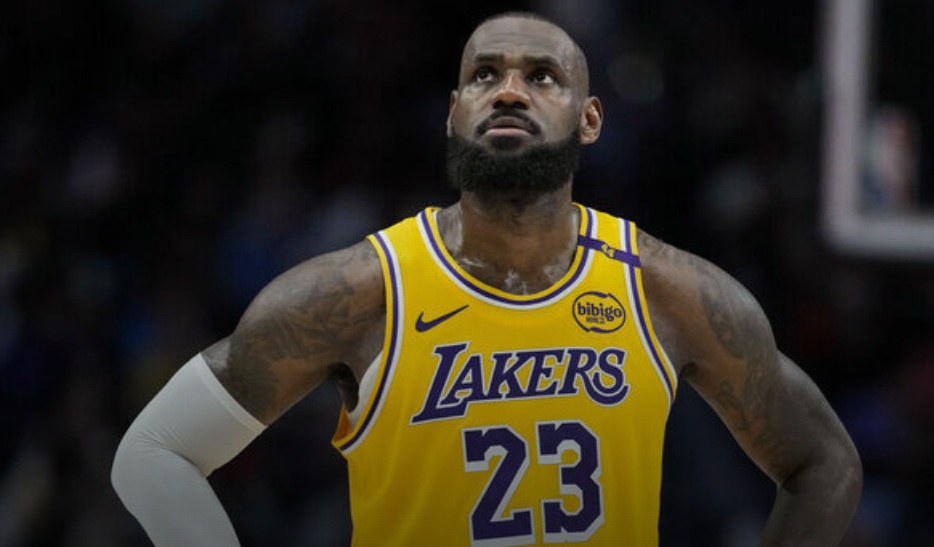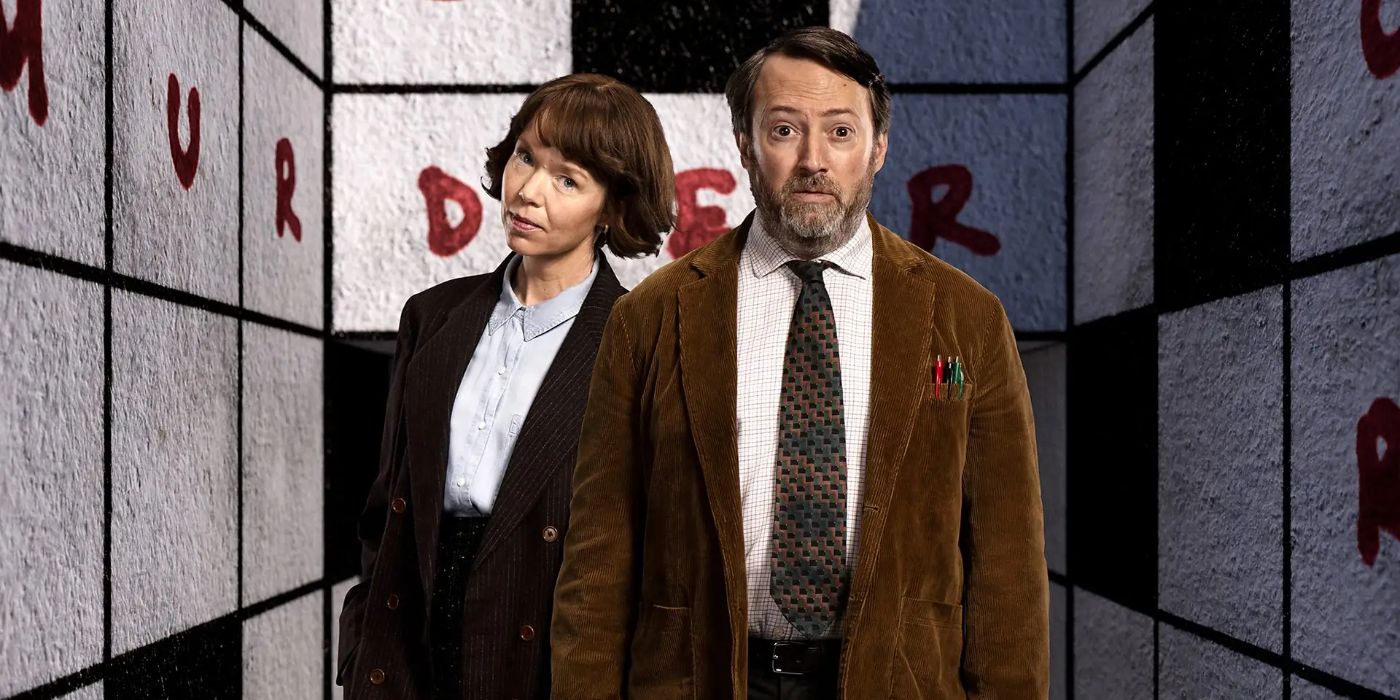The film industry, whether it is in the United States or Europe, does not have the greatest track record when it comes to taking care of its actors, especially when they are children. Whether it is the Golden Age of Hollywood or the rise of child star shows on family networks in the 2000s, stories about the impacts of the industry on children as they grow up have been far too common. Growing up in such an environment has completely changed some children, leaving them far worse than if they had never stepped foot on a movie set. One new French movie is tackling this subject matter and won one of the biggest awards at the Cannes Film Festival because of it: The Worst Ones, or, as it is known in French, Les Pires.
Directed by Lise Akoka and Romane Gueret, The Worst Ones draws from their experiences working behind the scenes in casting and the film industry. The duo has previously collaborated on a short film that would create the basis for The Worst Ones, as it was also about casting in the movie industry. The Worst Ones would have its world premiere at the Cannes Film Festival in 2022, where it surprisingly took home the Un Certain Regard award, which typically goes to movies that tell non-traditional stories with a global, universal scope. Now, in 2023, the film is getting a broader release in North America, starting with New York City and Los Angeles. Even though the movie takes place in France, its themes and messages can go across industries and borders.
Staying true to its subject, The Worst Ones utilizes largely nonprofessional and child actors. The short film the directors previously collaborated on, “Chasse Royale,” fleshed out the foundations of what The Worst Ones could be, allowing the full-length several years to be developed, cast, and workshopped in northern France. The movie plays around with witty humor to offer insights into how people cope in these situations, especially the young children and adults thrust onto a film set for the first time. But when approaching a movie like this, it may be beneficial to remember where fiction meets reality, especially when it balances documentary tactics with the standard drama plot lines.
A Movie Within a Movie
The Worst Ones opens with a specific framework that if one were to not know its premise, the events unfolding afterward offer a small twist. A group of children is being interviewed on camera, and it is gradually revealed that they are from a working-class town in northern France. If one were to approach this from a stereotypical subject, these youths would be classified as troubled because of their socioeconomic status, adding a nuanced layer to how they are seen and depicted on camera. The first ten minutes of the film are them being interviewed for roles in a movie–The Worst Ones is a film within a film.
A director, Gabriel, has come to the town of Picasso to cast children in his newest movie. His motive when it comes to casting is that he wants authenticity, thus the local townspeople are surprised to hear he specifically says he wants the worst ones. As the filming and production go deeper, the residents increasingly become concerned about the movie’s topic, thinking that because he wants to push harder issues in his story and cast the kids who are not well-off, it would impact their collective reputation as a town. But, where the camera is rolling, different issues are at hand.
Related: The Best Movies of the French New Wave, Ranked
Gabriel is not shy about what he wants from these children and puts them in situations that make them vulnerable. Two cast members in the movie, Ryan and Lily, see it as an opportunity. They are struggling with the circumstances of their own life, and Gabriel taps into the trauma of these kids. In one scene, Gabriel wants a fight scene between boys. He asks the other boys to insult Ryan’s mother, but this was the wrong move: Ryan’s trauma stems from the fact he was separated from his mother. Because of that, Ryan does not react well to the insult, leading to him having a meltdown and sparking anger.
In another scene, Gabriel recalls his own first time having sex to two of the kids, including Lily, and then turns the camera on. This scene stands out because of this: there is a noticeable absence of authority figures that can guide the kids through this, like an intimacy coordinator, and Gabriel is overstepping his professional and ethical boundaries–there may even be a lack of knowing consent going on here. Gabriel’s pursuit of authenticity leans comical at times, with a slant towards dark humor, and while he may not see the child actor he has hired as something more than tragic kids he “found” on the streets, they show an immense talent for the tasks they have been given.
And, perhaps, that is the tragedy of the situation: these kids have been deemed the worst ones in the neighborhood, and it is a label they find hard to escape. Their neighbors think they are desolate and unable to be saved, and now, in Gabriel’s film, they are pigeonholed into these kinds of roles. When the screenplay they are trying to act out relies too heavily on stereotypes, and the director does not give them the creative liberty or freedom to express their thoughts, what can these young actors do?
A Critique That May Not Land Well
Les Films Velvet
One of the biggest drawing points about The Worst Ones is the commentary it makes about casting practices, especially considering the background of the kids that are selected to be in the film’s fictional movie. When viewing The Worst Ones as a critique of the system of casting, this messaging tends to work well. However, through a general lens, it would become more questions on how the movie approaches this, especially considering it fails to suggest alternatives on how we, in the industry, can move forward from these ethical concerns. There are two big scenes in the movie where the viewer is confronted head-on with the implications of what this form of exploitation can cause, creating uncomfortable moments and encounters.
This becomes further complicated with how the director in the movie, Gabriel, looks for nonprofessional child actors to look for “authenticity” in his movie. Without context, audiences may assume that the directors of The Worst Ones are creating a mirror as they are also using child actors. That creates quickly blurring borders between merely replicating the act they are trying to chastise and effectively critiquing it–some might find it harder to distinguish the fact that The Worst Ones is trying to establish the stance in thinking this is cruel because of this. However, that might be the ultimate point the film is trying to make, taking these conversations and giving them a platform to elevate them to the next level.
Related: These Are Some of the Best French Movies on Netflix
However, once it becomes clearer what the message is, it is obvious that The Worst Ones is trying to champion the kids involved with these processes. Gender tends to take a backseat, but the nuance it appears throughout is complex and layered. The fictional movie within the film is about a teenage girl who gets pregnant, and the male director, although it may come from a place that isn’t intentional, ends up being crude about his own sexual experiences to the two cast members. In this way, when searching for his authenticity, he has dehumanized the very people he seeks to depict. He makes the assumption they are well-versed in these topics and can handle hearing them; he was wrong about that.
If the movie was capable of committing between the documentary aesthetic it borrows from in its opening scenes, or fully immersing itself in the world of the film being made, it may have found a better balance. Regardless, the movie shines when it focuses on the youth that has been brought into this system. The use of nonprofessional actors, despite some of the consequences depicted in the film, allows talent and opportunities to shine from people the screen and camera may not have seen otherwise. Young actors in The Worst Ones are the standout, especially as the camera lingers in a close-up over their faces in particularly heavy scenes.
The Worst Ones opens in New York City on March 24, and in Los Angeles on April 7, with additional cities to be added to the expanded distribution.
You can view the original article HERE.
